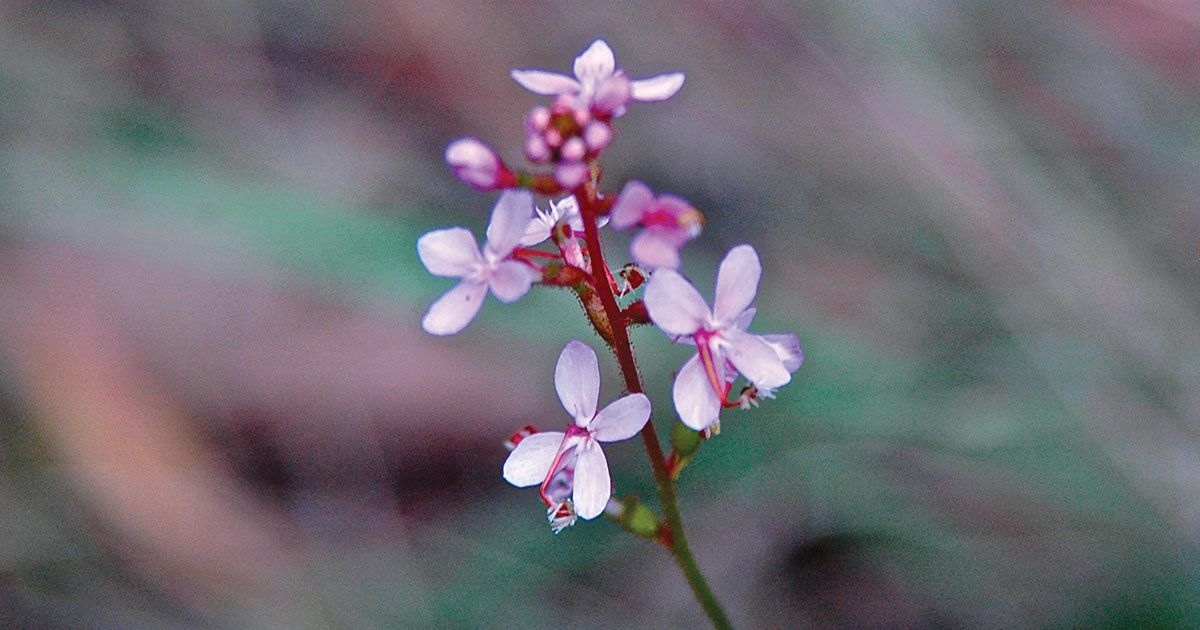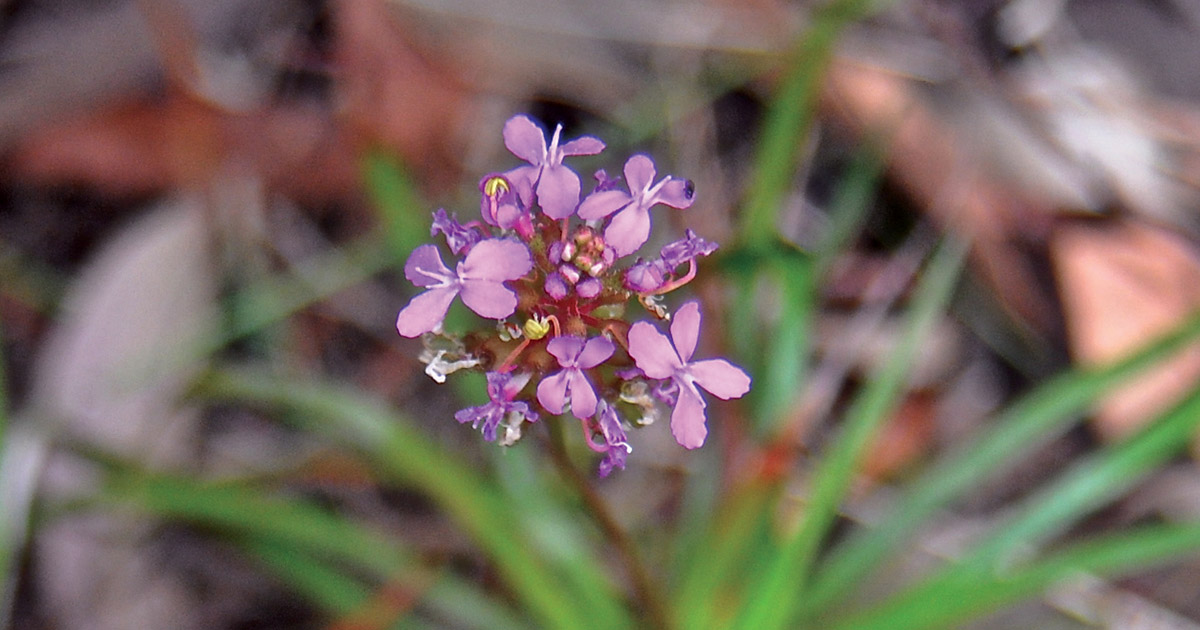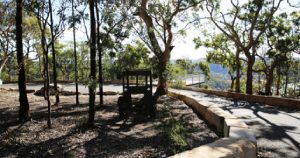
By Lachlan Turner
Frequently when out walking and looking for any wildflowers it is probable that the bushwalker may notice a small low growing plant with pink flowers on a stem protruding upwards from what appears to be a tuft of fairly thickly leafed grass.
More than likely this plant is one of the Trigger Plants, which are fairly common perennial herbs. There are two very similar varieties of this plant that grow in sandy soils in sheltered locations of open woodland forest.
One is simply known as Trigger Plant (Stylidium productum) which flowers from November to January.
The other is known as Grass-leaf Trigger Plant (Stylidium graminifolium) which generally flowers from September to December.
These two plants are very difficult to separately identify due to their similarity in growth habit and the colour and form of their flowers. Added to this is their overlapping flowering periods, which make a quick identification difficult.
To explain how the name “Trigger Plant” is derived requires some simple botanical terminology.
There is a small tube in the flower containing the style with two anthers that are usually bent backwards below the flower.
An insect lands on the flower’s centre which activates the tube to flick up and strike the insect, thus depositing a layer of pollen on the insect. The insect will visit a neighbouring Trigger Plant and unsuspectingly deposit the pollen onto another flower.
The trigger mechanism usually resets after a short period ready for the next visiting insect.







